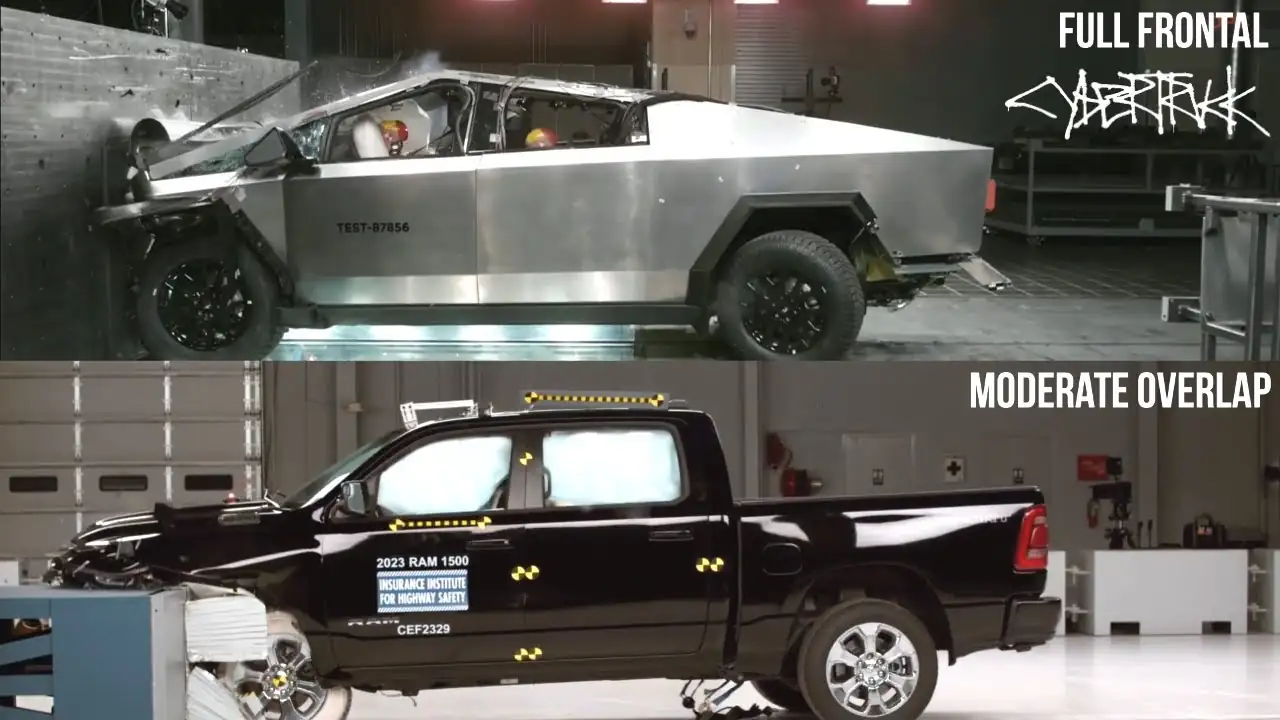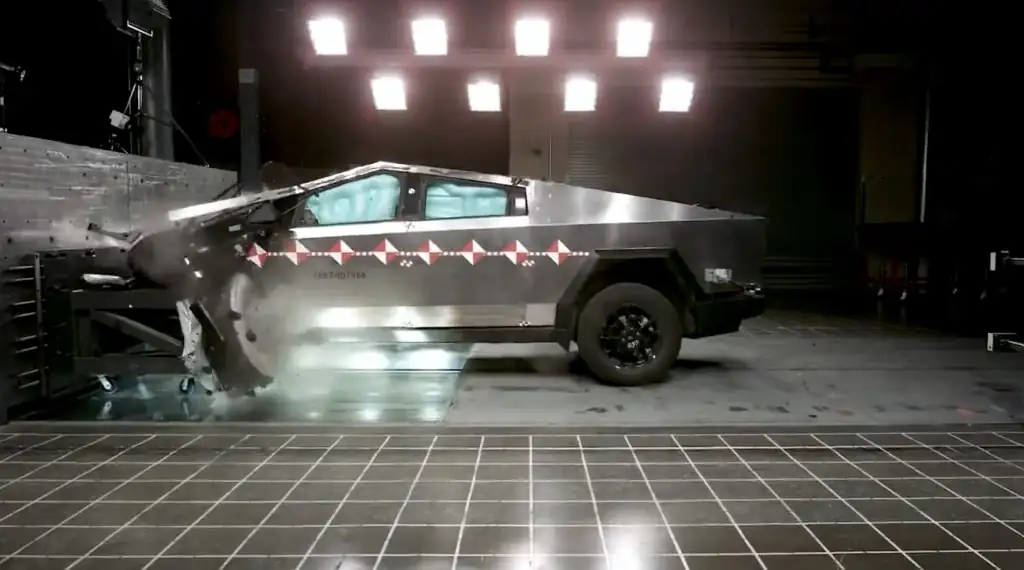Ever wondered, “Is the Tesla Cybertruck actually safe?” With its sharp, futuristic design and all that stainless steel, it’s easy to question how it holds up in real-world situations. Safety’s a big deal—whether you’re driving your kids to school, hauling gear, or just want peace of mind knowing you’re in good hands.
Let’s dive deep into the Tesla Cybertruck’s safety. I’m breaking it down in plain, easy-to-read language, so by the end of this, you’ll know exactly what to expect.
What Makes the Tesla Cybertruck Different in Safety?

First off, let’s talk about that exoskeleton.
Unlike traditional trucks, the Cybertruck’s body is made from ultra-hard 30X cold-rolled stainless steel. Translation? It’s tough. We’re talking dent-proof, bullet-resistant tough (seriously, Tesla did a demo showing it could take a sledgehammer hit without flinching).
Why does this matter for safety?
A strong exterior like this keeps passengers protected in case of a collision. The body acts as a literal shield. However, some experts worry that the rigidity could transfer more force to passengers since it doesn’t crumple like most cars designed to absorb impacts.
Does the Cybertruck Have Crumple Zones?

Here’s where things get tricky. Traditional vehicles have crumple zones—sections designed to absorb the energy from a crash and reduce the force on passengers. The Cybertruck’s stiff design minimizes dents but raises eyebrows when it comes to absorbing impact.
Tesla claims that their engineering compensates for this. The frame and suspension system are designed to redirect impact forces effectively. It’s unorthodox, but Tesla is all about shaking things up. The real question is, will this approach prove safer in independent crash tests? We’ll get to that.
Crash Tests: What Do We Know So Far?
Right now, the Cybertruck hasn’t been officially tested by the NHTSA (National Highway Traffic Safety Administration) or the IIHS (Insurance Institute for Highway Safety). That means we’re relying on Tesla’s in-house crash test data.
According to Tesla:
- Frontal crashes: The cabin stays intact at 35 mph, meaning good protection for passengers.
- Side impacts: The stainless steel absorbs and deflects force.
- Rollover tests: The Cybertruck’s low center of gravity (thanks to its heavy battery) makes rollovers less likely.
Here’s what we’re waiting on: Independent tests will tell us whether these internal results stack up in the real world.
Active Safety Features That Work Overtime